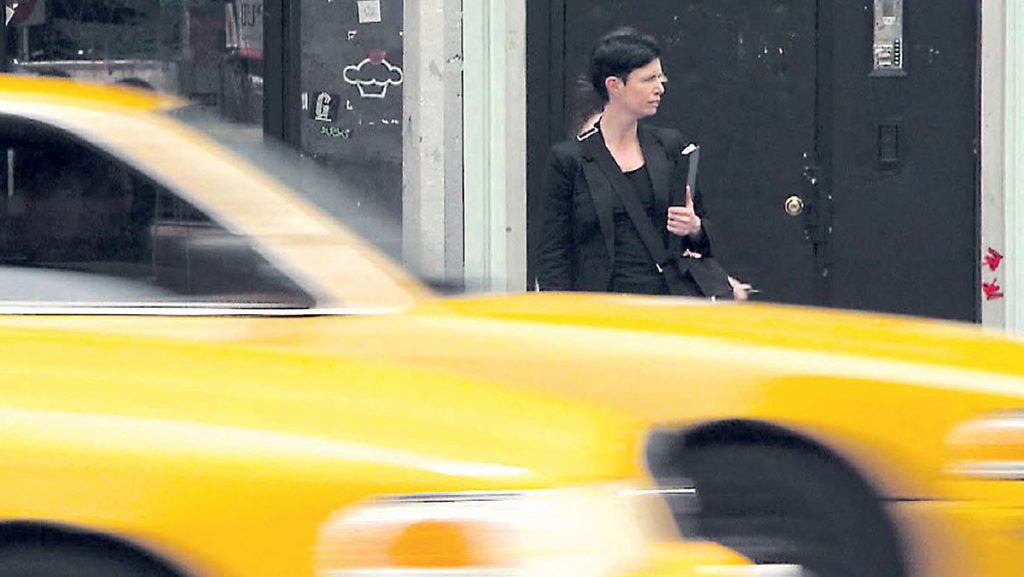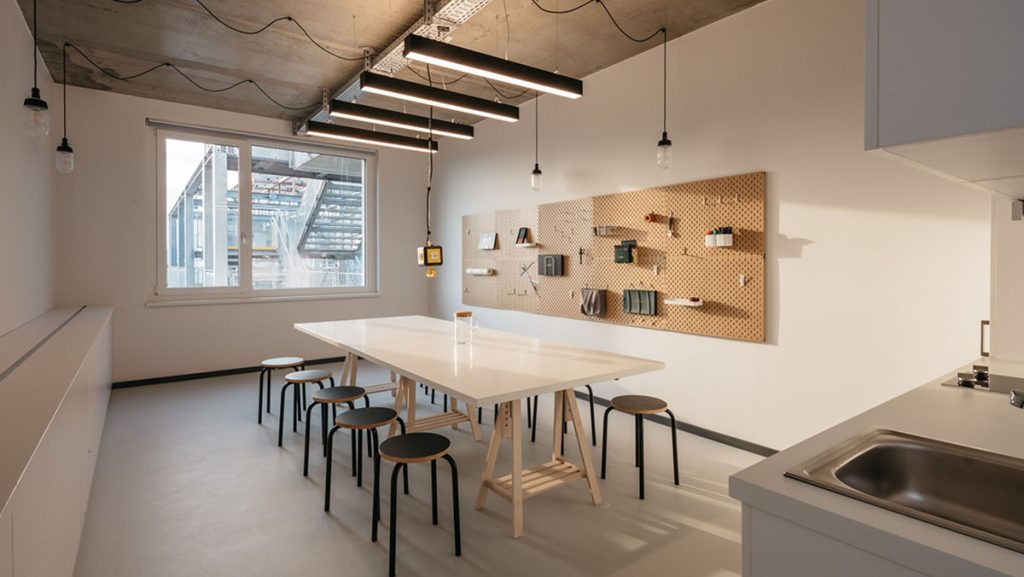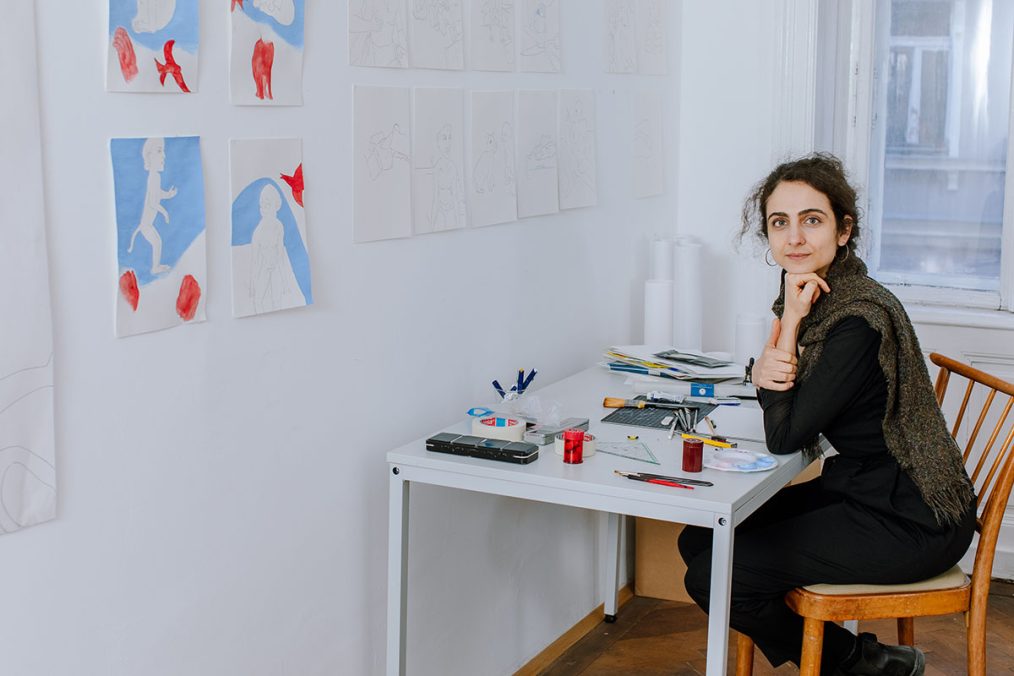
What is Apocalypse? And why Apocalypse?
Apocalypse is a zine project – self-published, hand-assembled, and hand-bound. For each issue, I collect diverse contributions pitched by visual artists, poets, writers, and theorists. The idea is to have a platform for publishing materials, which one would wish to bring into a certain discourse to connect with, and to share them with the public. Some participants are more ambitiously working on their art projects, and they use Apocalypse as a side-publishing platform, others, whom I also engage, do once in a while something of importance to them, but they don’t publish that much and aren’t connected so well; and Apocalypse features those works too that might have otherwise got left out. It’s open for different people to create new things over the concept of ‘apocalypse’ and to bring together, to connect various positions. The project was conceived in 2016 upon exactly this intention. We began to work on the idea with a friend, but then she pulled out and I proceeded on my own. The title Apocalypse emerged from the apocalyptic atmosphere which, pervasive and ingrained, intensified back then with Brexit, Paris attack, conflicts in Turkey. The sombre situation became even more chaotic and volatile.
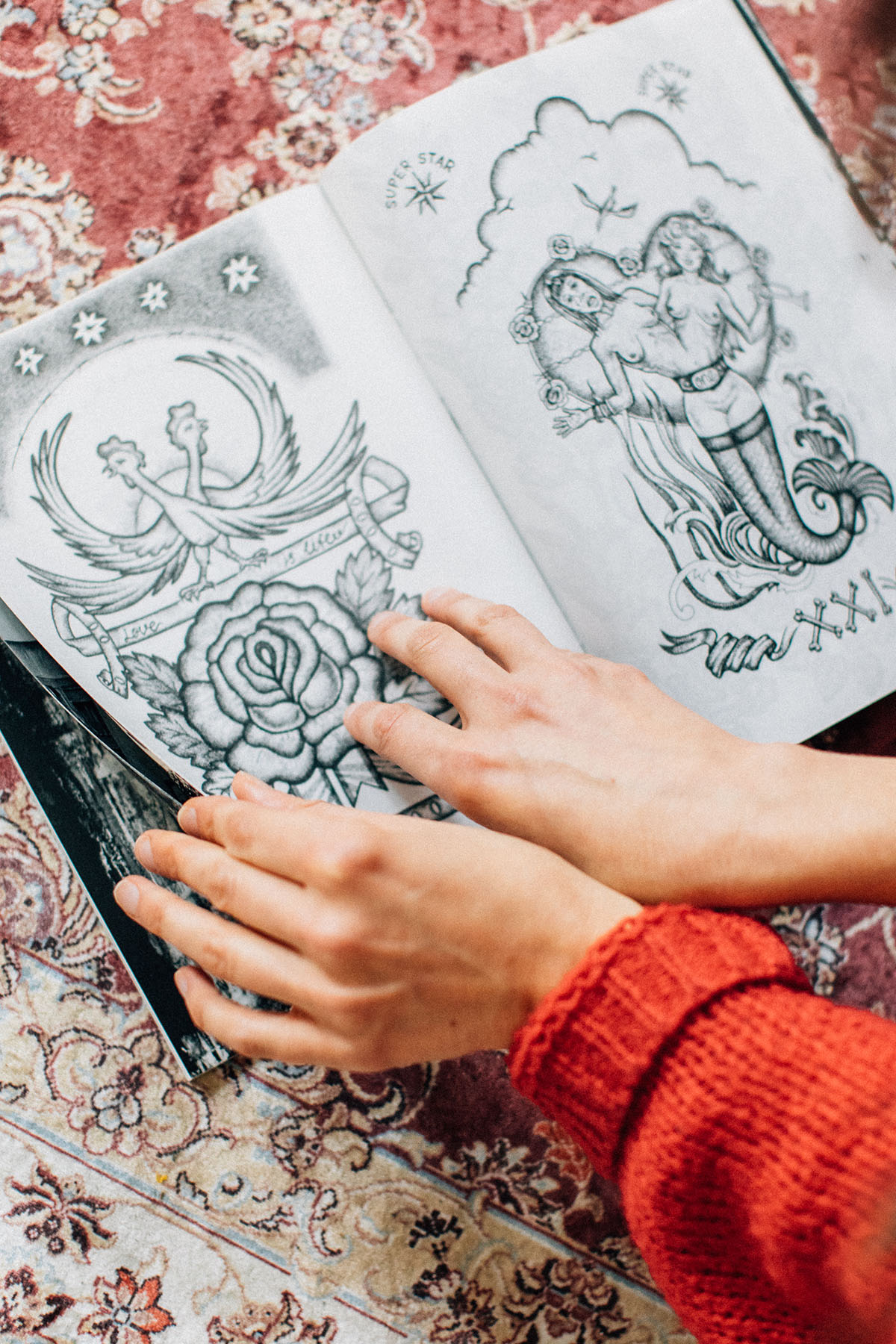
And currently it’s getting totally macabre…
Immensely. However, the other meaning of Apocalypse is revelation, so it’s also about something new that’s coming after all this. It’s a hope for another way of living.
How does your artistic research inform Apocalypse?
Apocalypse is an art project of mine, an important part of my art practice, but it’s also a collaborative project, based on a lot of communication. I don’t do it all alone. Apart from all the contributions, Holger Schulze is my permanent partner who does the layout. In my artworks I usually put different things together – my latest series ‘Of wishes and monsters’ approaches the idea of contemporary chimaeras, collaged creatures with body parts inherited from different species. Macabre and sexy simultaneously. So, this method – to assemble, compile, collage pieces into something new – is very much integrated into the way I create. Besides, the theme of apocalypse is also present in my drawings. I mean in showing different kinds of realities and possibilities.
Since 2016 you have released two zines. And currently you are preparing the third issue. How do you start working and what do you look after? Is there any specific idea behind each Apocalypse?
From the very beginning I started with the idea not to have a fixed topic for the issues, but to have the overall concept of apocalypse and to publish pieces produced within the field of it. So far, I have been focused on a variety of visions more than on having a homogeneous topic. I’m keen on intertwining positions that even conflict with each other. I don’t clean it away. It has always been important for me. A topic or certain subject to muse on would be too much of cleaning out which is contradicting our everyday life. So, each Apocalypse is more a collage of contrasting positions. And I can imagine in the future extending the format of the zine to something like an event where these diverse voices can discover new ways to speak out.
Apocalypse is not about cultural studies, it is not attempting to illustrate the historic genesis of the term apocalypse. Its reason is to ask about the shape of the world – to address the current time, its intensification of madness, its violent structures but also hope, wit and search for form. Sarah Sharafi
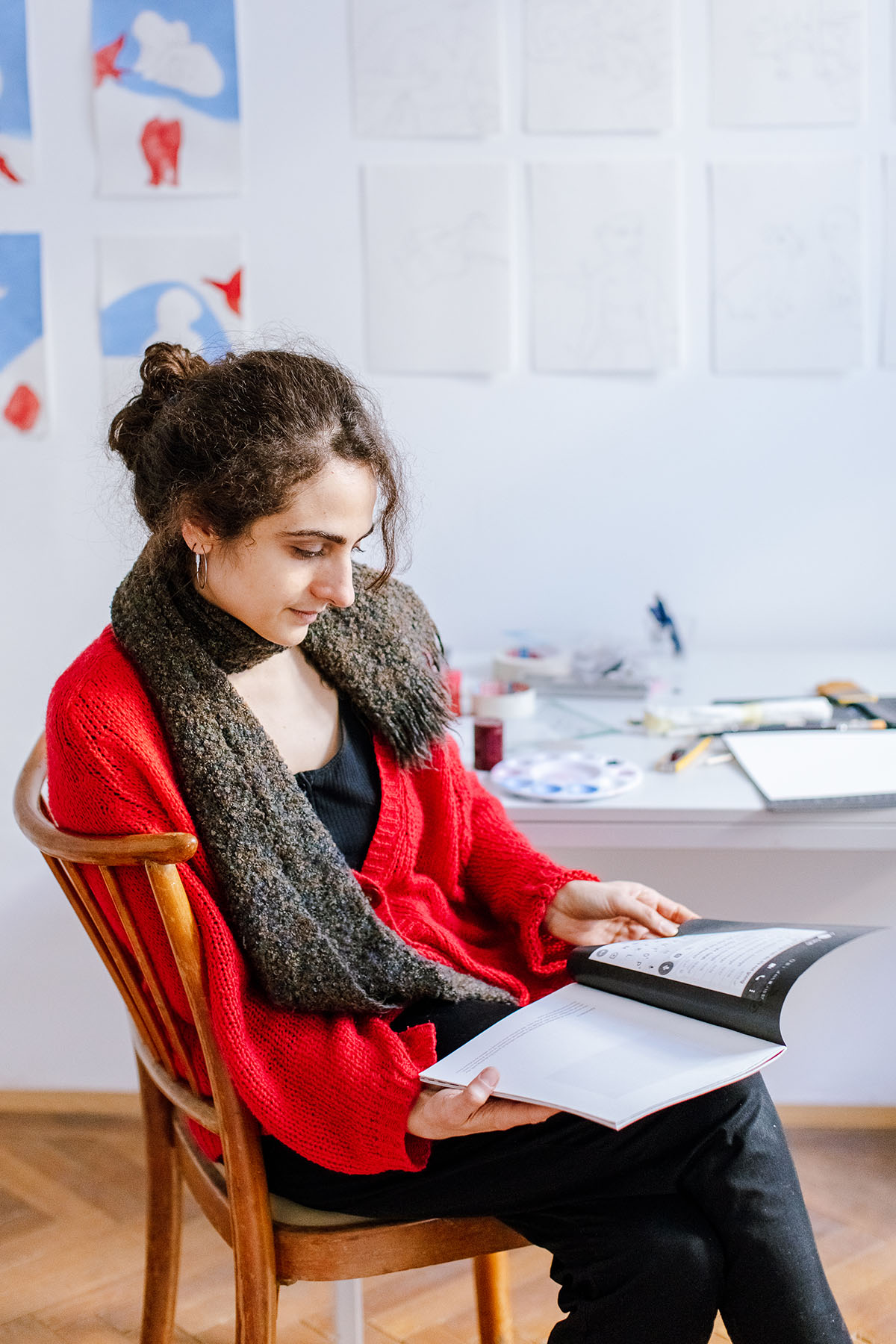
Sarah Sharafi 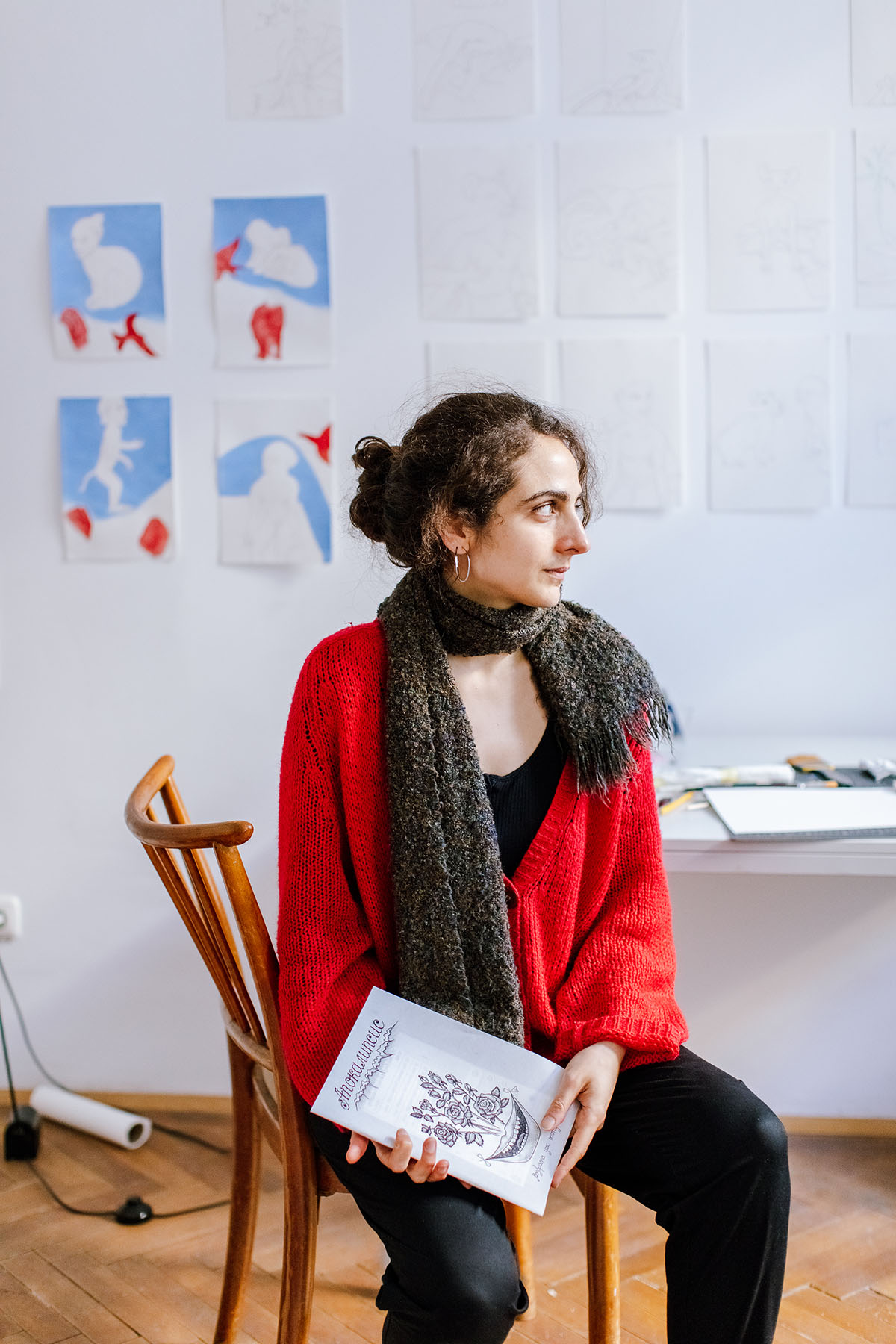
Sarah Sharafi
Where do you envisage an encounter with Apocalypse? At a gallery show, museum library or a bookshop?
For the first two issues, we did release events and that was a very relevant situation for the zine – our guests were reading, discussing it, chatting around, meeting the artists. I always imagined Apocalypse not as just ‘me situation’, but with all the contributors. Currently it’s being distributed via malenki.net and available in their online shop and their booths at art book fairs. However, it might develop into some other directions and become an exhibition or an artistic event. But what will stay for sure is the essential presence of people who contribute to the zine. It’s then so vivid and bright. Right now, I’m doing a website for Apocalypse, so there will be new opportunities to show the project and artworks online.
Apocalypse has a black and white design that corresponds with your interest in photocopies and found images. It has an art object feeling to it. How did the visual part evolve?
I’m very much into the idea of looking at images and repeating them. But then also into changing, twisting them. Yes, the zine is photocopied. Basically, I print only one copy in black and white, and then I make photocopies. It takes a lot of time indeed – to photocopy each page and then assemble and bind them all manually, but in the end it’s not the same if I just gave it out to print. It’s handcrafted, it’s unique. Some contributors give me their artworks, others – sidenotes, ephemera. Like for example, in the last Apocalypse we featured an email of Gohar Martirosyan to an institution in which she had sent a random excerpt from the Oxford dictionary to illustrate her art research proposal. To have pieces black and white helps to bring them visually all together into a dialogue. Then the texts match the images—the texts have more quality of the images and vice versa.
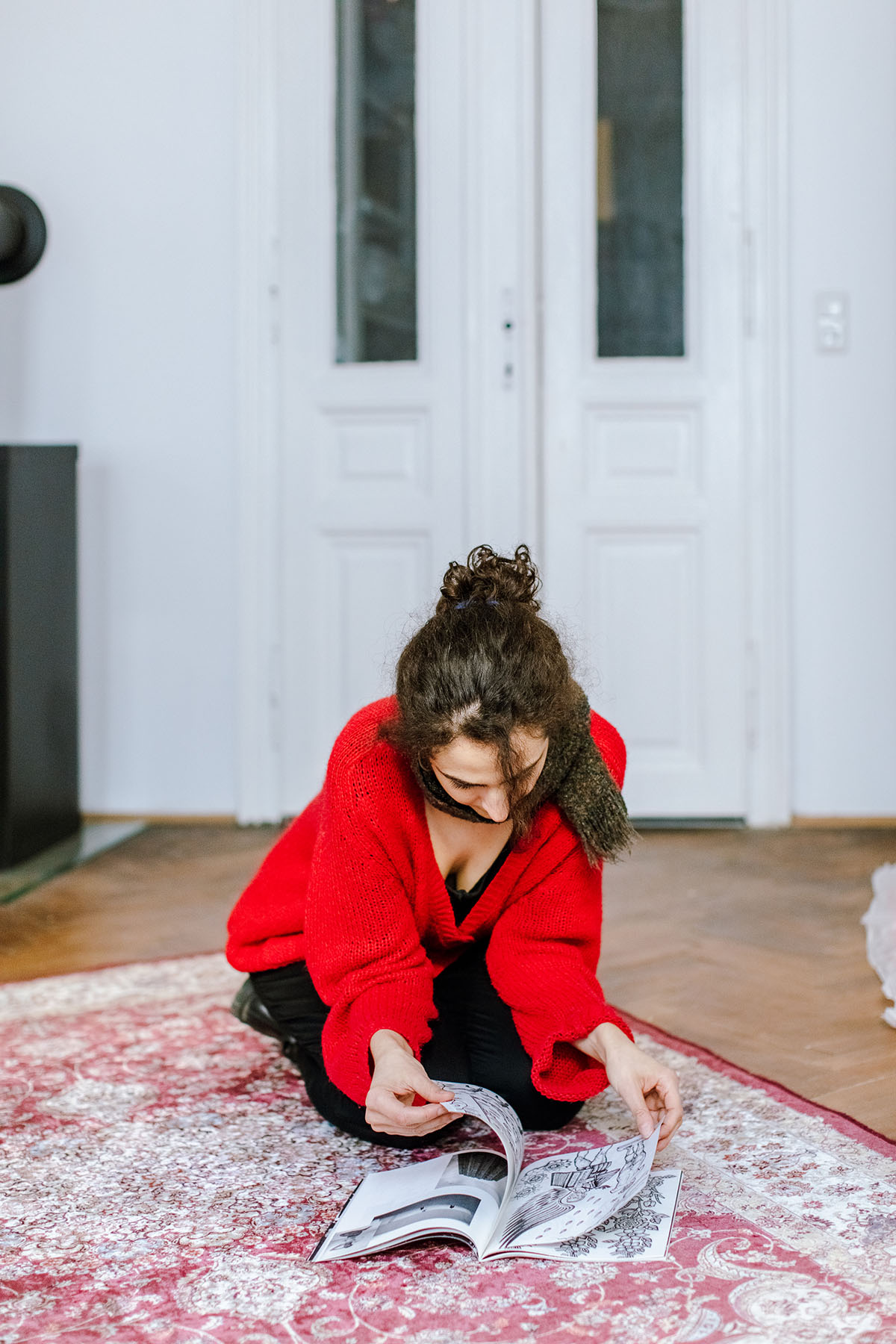
How do you reach out to your potential contributors? Do you announce open calls?
Until now I have invited the contributors myself, but I’m open for suggestions. Everybody who is interested in participating, can contact me and then we can discuss their ideas. In Apocalypse, there are pieces by artists from diverse cultural backgrounds: Armenia, Austria, Germany, Russia etc. Sometimes I see it as Apocalypse community. The zine informs this group of people about each other, about art projects you don’t have information usually. Because it’s not a Monopol magazine. Featuring emerging and established artists, the most precious and productive is still coming together and creating connections. Apocalypse is a space for connecting different positions. And it’s also always interesting to learn how certain issues are researched in different contexts.
Personally, I find it very interesting the way you put images and texts together in Apocalypse and as I see it does correlate much with your art practice. You write poetry, you draw, you film – it’s always a synthesis of mediums. And in Apocalypse you make one piece flow into another to reveal something concealed within them. There is some magic to it.
Thank you. Beautiful observation, I like it.
Sarah Sharafi is a visual artist who studied Art History at the Free University in Berlin, Photography and Media Art at the University of Applied Sciences in Bielefeld, and Site-Specific-Art at the University of Applied Arts in Vienna. In her drawings she reflects upon representation of bodies and desire in contemporary visual culture. She has shown her work within group shows at Krinzinger Projekte in Vienna, Projektraum Bethanien in Berlin, World Hertitage Zollverein in Essen.
Sarah Sharafi – www.malenki.net/product-category/artists/sarah-sharafi/
About the writer: Liudmila Kirsanova is an independent curator and writer, whose research is focused on autofictions, storytelling, and politics of belonging. In 2019 she became the finalist of the curatorial award Bonniers Konsthall, Stockholm. Curating international and domestic projects, Kirsanova has been advocating and promoting female artists, in particular those from non-Western cultures.




